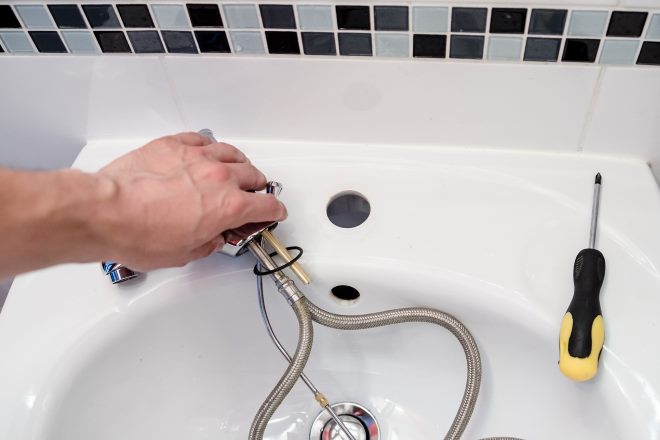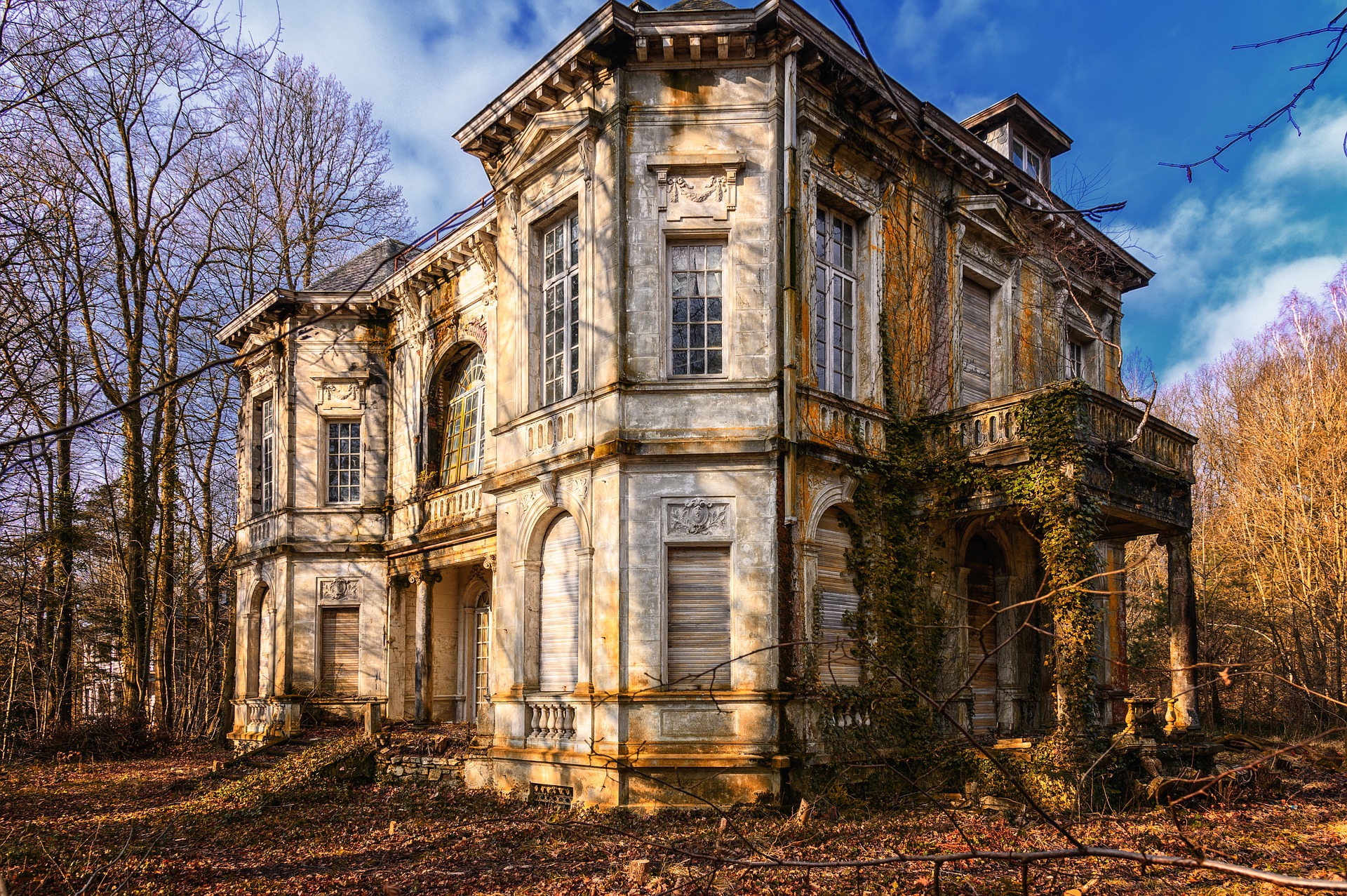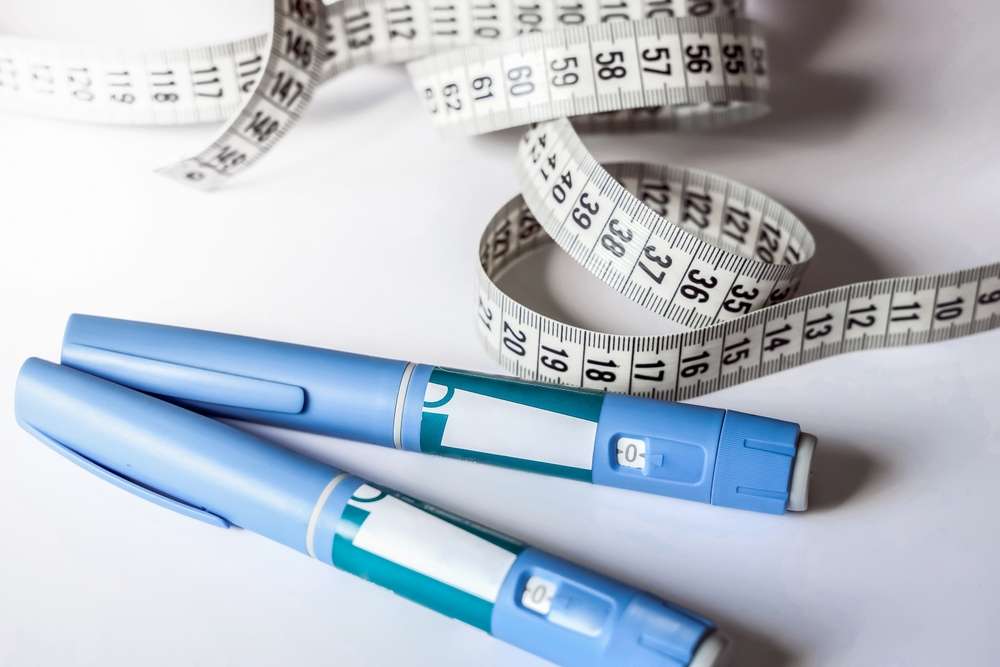Drain Cleaning Tricks: Simple DIY Fixes Every Homeowner Should Know!
Whether you’re a new homeowner or have been in your home for years, understanding basic DIY plumbing fixes can save you both time and money. Instead of calling a plumber for every drip or clog, equip yourself with the knowledge and skills to tackle simple plumbing issues on your own. This guide provides straightforward tips and instructions on common plumbing fixes that every homeowner should know. Remember, safety is paramount and some tasks are better left to professionals, so we’ll also help you recognize when it’s time to call in an expert.

What are the basics of understanding your plumbing system?
Before diving into specific fixes, it’s crucial to have a basic understanding of your home’s plumbing system. Your plumbing consists of two main subsystems: one that brings fresh water in and another that removes wastewater. The water supply system is pressurized, while the drain-waste-vent system relies on gravity to remove water and waste.
Key components include:
-
Main water shut-off valve
-
Water meter
-
Water heater
-
Pipes (supply lines and drain lines)
-
Fixtures (sinks, toilets, showers)
-
Traps (P-traps under sinks)
Familiarize yourself with these components and their locations in your home. This knowledge will be invaluable when addressing common plumbing issues or in case of emergencies.
How can you unclog a sink drain without chemicals?
One of the most common plumbing issues homeowners face is a clogged sink drain. Before reaching for harsh chemical cleaners, try these simple, eco-friendly methods:
-
Boiling water: Pour a pot of boiling water directly into the drain. This can often dislodge minor clogs caused by grease or soap buildup.
-
Plunger method: Fill the sink with a few inches of water, cover the overflow hole (if present), and use a sink plunger to create suction. Plunge vigorously several times.
-
Baking soda and vinegar: Pour 1/2 cup of baking soda down the drain, followed by 1/2 cup of white vinegar. Cover the drain and let it sit for 15 minutes before flushing with hot water.
-
Manual removal: For visible clogs, use a bent wire hanger or plumber’s snake to carefully remove debris from the drain.
What are effective ways to prevent and fix a running toilet?
A running toilet can waste gallons of water and increase your utility bills. Here are some common causes and fixes:
-
Adjust the flush chain: If the chain is too short or long, it can prevent the flapper from sealing properly. Adjust the chain length so it has a slight slack when the handle is at rest.
-
Replace the flapper: Over time, flappers can degrade and fail to create a proper seal. Turn off the water supply, flush the toilet, and replace the old flapper with a new one.
-
Clean the flush holes: Mineral buildup can clog the flush holes under the toilet rim. Use a small brush or wire to clean these holes, improving flush performance.
-
Check the fill valve: If the fill valve is faulty, it may cause the tank to overfill. Adjust or replace the fill valve to ensure proper water levels in the tank.
How can you address minor pipe leaks at home?
Minor pipe leaks can often be temporarily fixed until a permanent solution is implemented:
-
Pipe wrap: For small pinhole leaks, use waterproof tape or a pipe repair clamp as a temporary fix.
-
Epoxy putty: For cracks or small holes, clean the pipe surface and apply epoxy putty according to the manufacturer’s instructions.
-
Pipe coupling: For a leak at a joint, you can use a rubber coupling with hose clamps to seal the leak temporarily.
Remember, these are temporary solutions. For a permanent fix, especially for copper or galvanized steel pipes, it’s best to consult a professional plumber.
What unique plumbing challenges do Canadian homeowners face?
Canadian homeowners face unique plumbing challenges due to the country’s climate and geography:
-
Frozen pipes: In many parts of Canada, extremely cold winters can cause pipes to freeze and burst. Insulating pipes, especially those in unheated areas, is crucial.
-
Hard water: Many Canadian regions have hard water, which can lead to mineral buildup in pipes and appliances. Regular maintenance and potentially installing a water softener can help mitigate this issue.
-
Older infrastructure: Some Canadian cities have aging water infrastructure, which can affect water quality and pressure. Understanding your local water system and using appropriate filters can help address these concerns.
-
Septic systems: In rural areas, many homes rely on septic systems instead of municipal sewage. These require regular maintenance and careful use to prevent costly repairs.
What are the average costs for common plumbing services in Canada?
When DIY solutions aren’t enough, it’s important to understand the potential costs of professional plumbing services. Here’s a general guide to common plumbing service costs in Canada:
| Service | Average Cost Range (CAD) |
|---|---|
| Drain Cleaning | $150 - $400 |
| Toilet Repair | $100 - $300 |
| Pipe Leak Repair | $150 - $700 |
| Water Heater Installation | $1,000 - $3,000 |
| Sump Pump Installation | $500 - $1,500 |
| Main Sewer Line Cleaning | $300 - $800 |
Prices, rates, or cost estimates mentioned in this article are based on the latest available information but may change over time. Independent research is advised before making financial decisions.
Understanding your plumbing system and knowing some basic DIY fixes can save you time and money. However, it’s crucial to recognize your limits and prioritize safety. For complex issues, persistent problems, or when you’re unsure, it’s always best to consult a licensed plumber. By combining DIY knowledge with professional help when needed, you can effectively maintain your home’s plumbing system and avoid costly emergencies.




